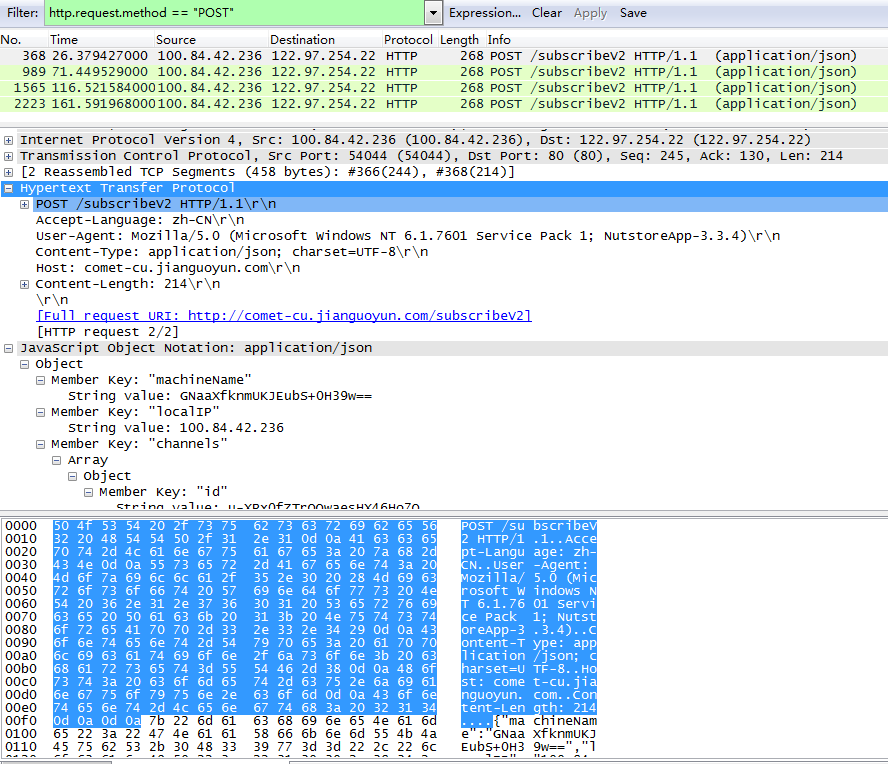
- TCPDUMP WIRESHARK HOW TO
- TCPDUMP WIRESHARK PROFESSIONAL
- TCPDUMP WIRESHARK DOWNLOAD
- TCPDUMP WIRESHARK MAC
If you used the -w option when you ran the tcpdump command, the file will load normally and display the traffic. You can also double-click the tcpdump capture file to open it in Wireshark, as long as it has the *.pcap file extension. Start Wireshark, then import the tcpdump captured session using File -> Open and browse for your file.
TCPDUMP WIRESHARK HOW TO
Analyzing a captured tcpdump session with WiresharkĪnalysis works the same as it does with any traditional Wireshark capture the only thing you need to know is how to import the file. The commands I used are in the screenshot above for reference.Ĭheck to see that the file copied as expected, and you’re ready to analyze the tcpdump session with Wireshark. You’ll be prompted to enter your password. Substitute with your information where appropriate. Or in Windows, open PowerShell and run this command: pscp.exe.
TCPDUMP WIRESHARK MAC
In Mac or Linux, open a terminal window and run the following command to copy the session capture file: scp. Most Mac and Linux users already have everything they need.
TCPDUMP WIRESHARK DOWNLOAD
Windows users will have to download pscp, then copy the file to C:\Windows\System32. Since you’ve already captured network packets on a headless machine using SSH, everything you need to use scp is already installed and running. How do you copy it to the machine running Wireshark for analysis? There are a lot of ways, but I think the easiest is with scp. Once you’ve finished a capture session with the tcpdump command, you’re left with a problem. That will allow you to copy the file to your local machine using scp, as outlined in the next step. Use this command: sudo chmod 644 tcpdump.pcap By default, tcpdump sessions captured by the root user can’t be copied. You’ll see a short readout displaying some information about the capture session.īefore you can copy the traffic from your remote computer to the local one for analysis with Wireshark, you’ll have to change the permissions. Once you’ve finished capturing traffic, end the tcpdump session with Ctrl+C. In short, the above command will capture all traffic on the Ethernet device and write it to a file named tcpdump.pcap in a format compatible with Wireshark. The command-line options I’ve used to capture this session will be explained below. Once you’ve connected, run the following command to start capturing traffic with tcpdump: sudo tcpdump -s 0 -i eth0 -w tcpdump.pcap You will also need root access, otherwise the tcpdump won’t be able to capture traffic and you’ll see an error stating You don’t have permission to capture on that device. In order to capture traffic with the tcpdump command, you’ll need to connect to the remote computer through SSH. Capturing packets with tcpdump remotely through SSH This is useful when you don’t have physical access to the remote machine or are running it ‘headless,’ i.e. Then the captured traffic can be copied to the local computer for analysis with Wireshark. The goal is to use tcpdump commands on the remote computer, through SSH, to capture network traffic.

TCPDUMP WIRESHARK PROFESSIONAL
Unless you have professional networking equipment, it’s hard to analyze traffic that doesn’t involve your computer. Wireshark is a powerful tool, but it has its limitations.


 0 kommentar(er)
0 kommentar(er)
